10 Top Rated Hyper-Converged Infrastructure Vendors
As the hyper-converged market explodes, CRN breaks down the highest scoring vendors from Gartner’s Critical Capabilities for Hyper-Converged Infrastructure report.

The Top 10 HCI Vendors Based On Gartner Scoring
The now hotly contested hyper-converged infrastructure vendor landscape is maturing while overall market sales continue to spike at a blistering pace. Businesses are shifting away from siloed storage, server and networking solutions in favor of hyper-converged infrastructure (HCI) which is shaping the modern data center and technology refreshes through the desire for improved simplicity, agility and hybrid deployments.
Finding out which vendor truly has the best HCI technology can be a daunting task for both IT buyers and channel partners. In Gartner’s Critical Capabilities for Hyper-Converged Infrastructure report, the IT research firm scored the world’s best hyper-converged technology based on six separate HCI use cases: business-critical, cloud, consolidated, edge, remote office/branch office (ROBO) and virtual desktop infrastructure (VDI). Gartner graded each vendor with a score between 1 to 5 in each of the six use case segments based on their HCI capabilities.
CRN breaks down the top ten hyper-converged infrastructure vendors who received the highest marks from Gartner and their rank for each use case.
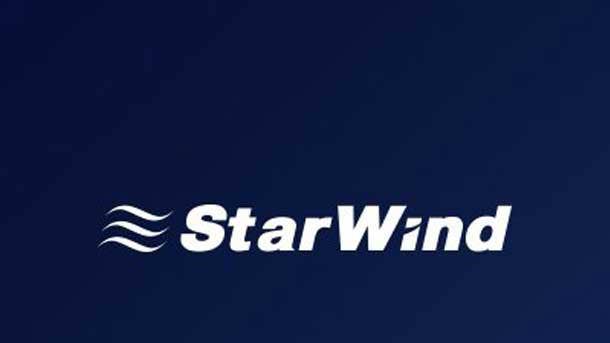
10. StarWind Software
Business-Critical Use Case Rank: #8
Cloud Use Case Rank: #9
Consolidated Use Case Rank: #9
Edge Use Case Rank: #11
ROBO Use Case Rank: #8
VDI Use Case Rank: #10
With an average capability score of 3.47 out of 5, StarWind Software was able to crack into the top ten for its hyper-converged abilities. The Middleton, Mass.-based HCI and virtual SAN specialist ranks highest for business-critical and ROBO capabilities, with scores of 3.51 and 3.49, respectively. StarWind received its lowest rank for edge capability with a score of 3.47.
The company’s StarWind HCA offering uses third-party hypervisors, network virtualization, and its own or third-party management software and storage virtualization. HCA is sold as an appliance and available as a software-only product. StarWind recently introduced third-generation models and added HCA Storage-Intensive Models for workloads with moderate compute and capacity requirements.
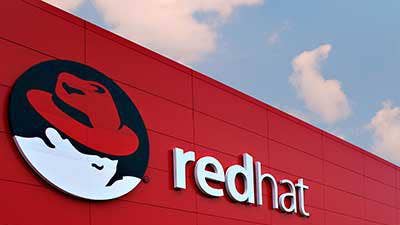
9. Red Hat
Business-Critical Use Case Rank: #10
Cloud Use Case Rank: #8
Consolidated Use Case Rank: #11
Edge Use Case Rank: #10
ROBO Use Case Rank: #10
VDI Use Case Rank: #8
With an average capability score of 3.48 out of 5, Red Hat is a relatively new vendor to the HCI market. The Raleigh, N.C.-based company ranks highest for cloud and VDI capabilities, with scores of 3.48 and 3.47, respectively. Red Hat received its lowest rank for consolidated capability with a score of 3.47.
The Red Hat Hyperconverged Infrastructure for Virtualization and Red Hat Hyperconverged Infrastructure for Cloud are built on its hypervisor and storage offerings. Gartner said Red Hat, which is slated to be acquired by IBM for $34 billion this year, should be considered by customers seeking HCI for non-VMware and non-Microsoft environments.

8. Scale Computing
Business-Critical Use Case Rank: #9
Cloud Use Case Rank: #11
Consolidated Use Case Rank: #8
Edge Use Case Rank: #8
ROBO Use Case Rank: #9
VDI Use Case Rank: #9
With an average capability score of 3.49 out of 5, Scale Computing is a fast-growing and mature HCI player. The Indianapolis, Ind.-based company ranks highest in edge and consolidated capabilities, with scores of 3.66. and 3.52, respectively. Scale Computing received its lowest ranking for cloud capability with a score of 3.33.
The company’s Hyperconverged Compute Cluster, HC3, leverages its own hypervisor – along with third party hypervisors – together with Scale’s management, compute, Scribe SDS and network virtualization capabilities. Scale Computing – who recently generated $35 million in capital funding aimed to turn up the heat against VMware -- has added the Edge Platform to HC3 which integrates multi-cluster management with a small-footprint cluster for support in edge deployments with hundreds of sites.
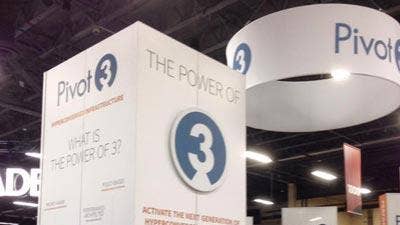
7. Pivot3
Business-Critical Use Case Rank: #7
Cloud Use Case Rank: #7
Consolidated Use Case Rank: #7
Edge Use Case Rank: #7
ROBO Use Case Rank: #7
VDI Use Case Rank: #7
With an average capability score of 3.67 out of 5, Pivot3 is a relatively small player in market that consistently ranks alongside much larger competitors. Pivot3 ranked seventh across the board for all hyper-converged use cases with a high score of 3.78 for edge and a low score of 3.58 for cloud capabilities.
The Austin, Texas-based company providers its mature Acuity Platform for hyperconvergence that delivers policy-based QoS intelligence with support for mixed workloads and SLA management of business-critical applications. The company is attracting many HCI experts to its team. Pivot3 recently introduced Acuity X3 Edge/Micro-Datacenter for SMB, ROBO and edge environments, as well as Acuity V5 Large-Scale IoT Platform for high density environments.

6. Microsoft
Business-Critical Use Case Rank: #6
Cloud Use Case Rank: #6
Consolidated Use Case Rank: #6
Edge Use Case Rank: #6
ROBO Use Case Rank: #6
VDI Use Case Rank: #6
With an average capability score of 3.75 out of 5, the Redmond, Wash.-based software giant is a major HCI player due to its Hyper-V hypervisor and storage virtualization. Microsoft ranks sixth across the board for hyper-converged use cases with a high score of 3.86 for edge and a low score of 3.71 for ROBO capabilities.
Microsoft’s HCI offering is its Windows Server 2016 Datacenter Edition and the Windows Server 2019. The solution includes its Hyper-V and Storage Spaces Direct for server and storage virtualization integrated with Microsoft’s management framework System Center. Gartner said Microsoft should be considered by customers adopting Windows Server and Microsoft Azure.
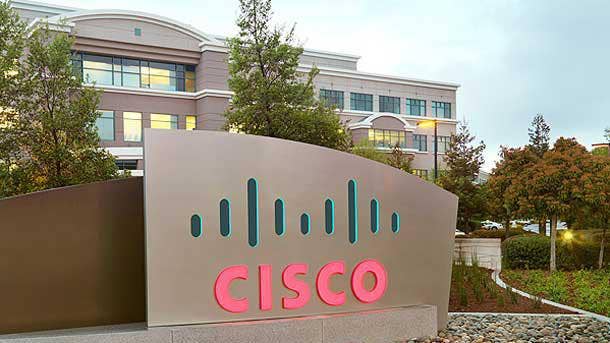
5. Cisco
Business-Critical Use Case Rank: #5
Cloud Use Case Rank: #5
Consolidated Use Case Rank: #5
Edge Use Case Rank: #5
ROBO Use Case Rank: #5
VDI Use Case Rank: #5
With an average capability score of 3.93 out of 5, Cisco generally received higher capability scores than the vendors ranked No. 10 through No. 6 on this list, but was not on par with the top four leaders. The San Jose, Calif.-based networking giant scored a high of 4.07 for edge and a low score of 3.85 for cloud use cases.
Cisco HyperFlex combines its HX Data Platform software with UCS computing platforms. HyperFlex is sold as a fully integrated appliance with a networking fabric, compute and management that uses third-party server virtualization software. Cisco – who is set to buy network analytics provider Singularity Networks -- has recently added support for Hyper-V, enabled stretched clusters and support for container ecosystems.
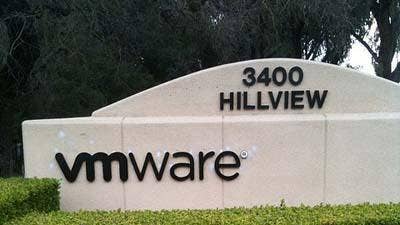
4. VMware
Business-Critical Use Case Rank: #4
Cloud Use Case Rank: #3
Consolidated Use Case Rank: #4
Edge Use Case Rank: #4
ROBO Use Case Rank: #4
VDI Use Case Rank: #4
With an average capability score of 4.17 out of 5, the virtualization superstar is a leading HCI software provider that ranks fourth in most categories and third in cloud with a score of 4.16. VMware scored a high of 4.25 for edge and a low of 4.12 for business-critical use cases.
The Palo Alto, Calif.-based company offers a hyper-converged infrastructure solution powered by vSAN that consists of its vSphere hypervisor, vSAN kernel embedded storage and vCenter server for management. VMware HCI is available as appliances from Dell, Hitachi and Lenovo, and can be deployed on certified hardware components or on vSAN Ready Nodes. VMware, which is majority owned by Dell Technologies, now provides HCI-as-a-Service with VMware Cloud on AWS offerings to enable hybrid cloud capabilities.
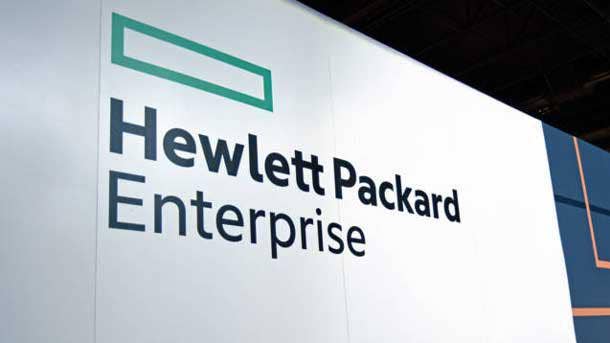
3. HPE
Business-Critical Use Case Rank: #3
Cloud Use Case Rank: #4
Consolidated Use Case Rank: #3
Edge Use Case Rank: #3
ROBO Use Case Rank: #3
VDI Use Case Rank: #3
With an average capability score of 4.19 out of 5, Hewlett Packard Enterprise revamped its HCI strategy with the $650 million acquisition of former HCI star SimpliVity in 2017. The San Jose, Calif.-based company received the bronze metal in nearly every category with a high score of 4.27 for edge and a low score of in 4.12 for cloud.
HPE SimpliVity leverages OmniStack software and data services, third-party server virtualization software and hypervisors, HPE compute, management and a networking fabric stemming from its acquisition of Plexxi last year. The solution is sold as an appliance on HPE servers and can be managed through HPE OneSphere or OpenStack.
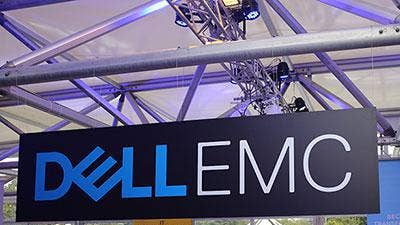
2. Dell EMC
Business-Critical Use Case Rank: #1
Cloud Use Case Rank: #1
Consolidated Use Case Rank: #2
Edge Use Case Rank: #2
ROBO Use Case Rank: #2
VDI Use Case Rank: #1 (Tied With Nutanix)
With an average capability score of 4.26 out of 5, Dell EMC is virtually tied with Nutanix as the winner in Gartner’s Critical Capabilities report. The Round Rock, Texas-based storage and server leader slightly edged Nutanix for the top spot for business critical and cloud uses cases with scores of 4.27 and 4.2, respectively. Both Dell EMC and Nutanix scored a 4.24 for VDI capabilities.
Dell EMC consistently upgrades its flagship VxRail offering which leverages VMware’s HCI vSAN, vRealize and its own PowerEdge servers. VxRail is sold as a fully integrated appliance series which each targeting a different set of use cases. New appliances can be added without disruption and different models can be mixed in a VxRail cluster.
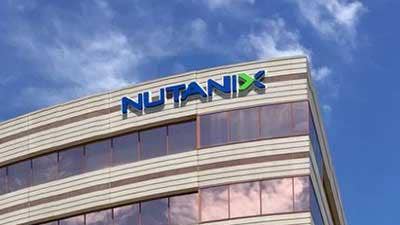
1. Nutanix
Business-Critical Use Case Rank: #2
Cloud Use Case Rank: #2
Consolidated Use Case Rank: #1
Edge Use Case Rank: #1
ROBO Use Case Rank: #1
VDI Use Case Rank: #1 (Tied With Dell EMC)
With an average capability score of 4.26 out of 5, Nutanix and Dell EMC are neck-and-neck, although Nutanix garnered a total of three of the six top scores. The San Jose, Calif.-based hyper-converged pioneer achieved the highest score in the entire list with a 4.37 in edge and 4.27 scores for both ROBO and consolidated use cases.
Nutanix’s Enterprise Cloud Platform leverages its native storage virtualization, compute, data security, software-defined networking and managements software as well as its own or third-party hypervisors. The company’s platform is available as a one-time license, an enterprise license agreement or as a subscription service for Nutanix Xi Cloud. Nutanix launched a slew of new HCI products and partnerships over the past 12 months, including Beam to optimize cost-efficiency and ensure security compliance.